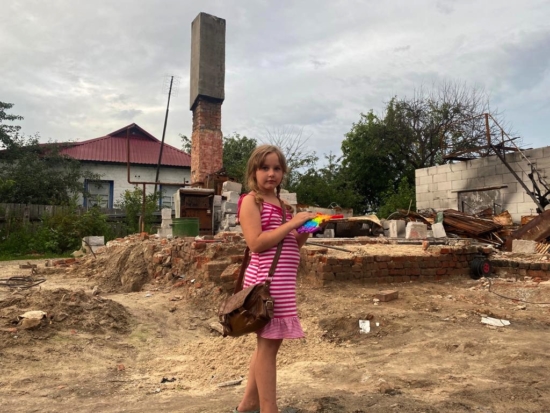
By Irwin Redlener and Karen Redlener
On September 1, children across war-torn Ukraine returned to school — or at least that was the goal. The reality, however, is that some two out of three of the country’s children have been forced from their homes by a brutal war that has rained terror on their communities. Apartment buildings bombed. Schools and hospitals destroyed. Families dodging missiles and bullets in mad attempts to find food and safe water.
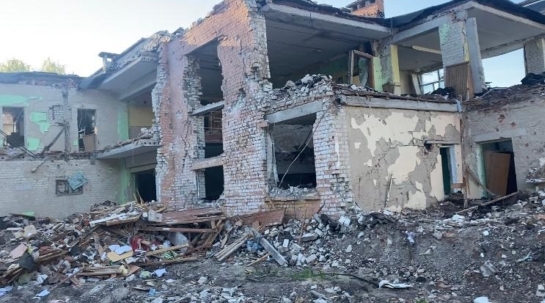
Many children in Ukraine — and those who fled the country altogether — have missed the last half year of the 21-22 school year. Yes, we know that disrupted school has been part of what’s happened around the world during the pandemic. The stark difference for children in a war, however, is layer upon layer of additional trauma, uncertainty, fear and loss.
To this day, not all families have escaped from the cities under siege because trains and buses have slowed to a trickle in many parts of eastern and southern Ukraine. Bridges and roads in some places have been destroyed, so even travel by car — if you could find gas — is perilous.
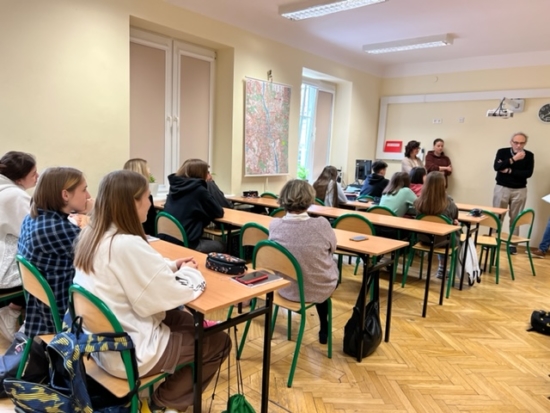
For those families that have made it to relative safety to western Ukraine or as refugees to Poland and other countries of the region, many challenges remain. It’s not just the children – but also their families and their teachers – that have felt the brunt of this brutal war in terms of prolonged psychological trauma. If you’re not familiar with this term, recall the concept of “shell shocked,” an affliction that plagued combat troops in WWII. But whatever you call it, many of Ukraine’s children have been through experiences that no child should ever need to endure.
How different is opening day of the new school year for the children of the Upper West? For our kids, it’s about the end of the summer break. A fresh start, hopefulness and a little anxiety for our children. You should know that this is precisely how it used to be for the children of Kherson or Donetsk. Recognizable, familiar — until the Russians stormed into Ukraine hoping for a quick and easy victory.
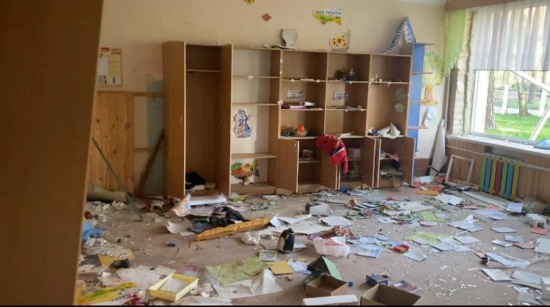
So why have we immersed ourselves personally in the catastrophe affecting Ukraine’s children? First, like many of our neighbors, we want to help children who have become the casualties of war and are now living with profound adversities. Second, every principle of social justice for a vulnerable population is being violated. The meme that we’re all familiar with, of course, is “children are our future.” Sure. If only we behaved that way; but we don’t.
The fact is that kids who aren’t able to complete their education who experience persistent trauma have a good chance of living with persistent psychological consequences and unfulfilled promise (as Irwin wrote in Newsweek).
Ukraine’s children matter to us. They are in the midst of an unrelenting catastrophe, dragged into a war not of their choosing. Ukraine and the West will need all these kids to grow up educated and strong, ready to take on the enormous task of rebuilding the country that Vladimir Putin is trying to destroy. And that matters to us, too.
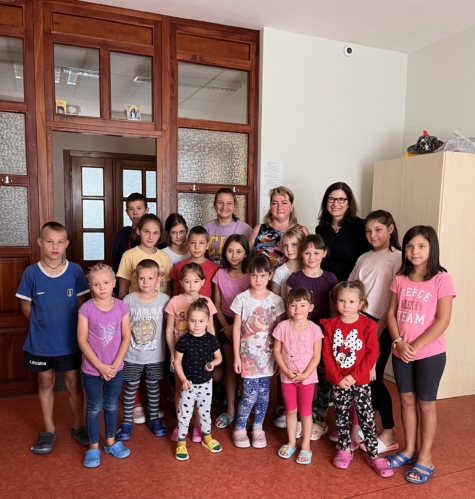
Upper West Siders Irwin and Karen Redlener are founders of the Ukraine Children’s Action Project (UCAP), which raises funds to help develop and implement programs supporting educational continuity and the psychological needs of Ukraine’s traumatized children who have become refugees or been displaced as a result of the war with Russia.
Photographs courtesy of UCAP.


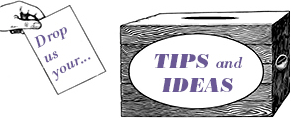
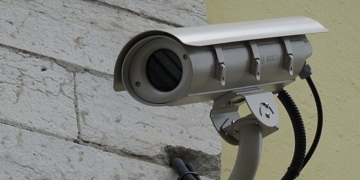
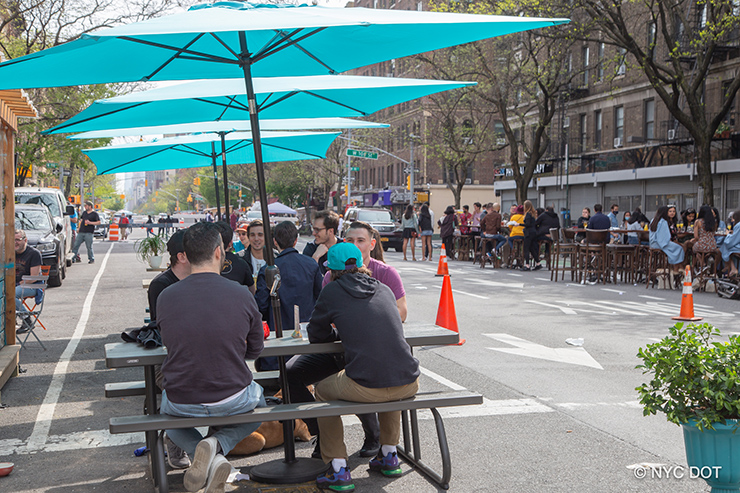





While Ukrainian children are very important, I am upset that al over the world other people are also kept from school by sociopolitical and economic factors. They get little attention. Why?
The first reason is that the Ukrainians are on the front lines of a so far undeclared but ongoing War between Autocracy & Democracy. The suffering faced by these brave people is attracting laser-focused and unwavering attention from democratic eyes around the world, especially given how many journalists are in-country there .
The second reason is that the invasion of Ukraine happened mere months after Afghanistan collapsed in such an outrageous & cowardly fashion, without a battle or a fight, quickly selling their rifles (paid for entirely by US taxpayers) to the Taliban for, reportedly, about $80 apiece.
Then the Taliban showed up for the cameras, adding insult to injury by driving up in American vehicles, wearing pieces of American uniforms & often carrying the weapons that Americans bought & paid for, weapons they’d scavenged from their laughably useless former enemies.
The former Afghani president, entirely supported for so long by you and me, & after spouting some rallying bushwa, then made haste to decamp for the Gulf with his heavy wallet.
Compare that to the brave actions & words of the Winston Churchill of Ukraine, Volodymyr Zelenskyy, inspiring his people from the very first day by, for example, adamantly refusing to leave his people.
Of course there’s more to it than that, but I’ll write no more for now.
There are hundreds of websites, celebrities, and world wide organizations devoted to children affected by these factors. Possibly because we’re all watching the war on Ukraine live and in real time we’re focused on this right now, but why does supporting one take away from the other?
I gave money to Ukraine recently… but more recently I also gave a donation to the Team Eastern Kentucky Flood Relief Fund after I saw an impassioned interview with Gov. Andy Beshear, whom I admire.
So yeah; we can walk and chew gum at the same time.
Because it would require an action. Deflection is easier.
Checkbook, pen, stamp, envelope; it’s not rocket science.
Giving really does feel better than receiving.
Thank you so much for doing this!
Don’t the children in this photograph look like they could easily be from a class in the school your children attend? Heartbreaking…
I agree, and I hope they will all survive this war and there will be follow-up stories.